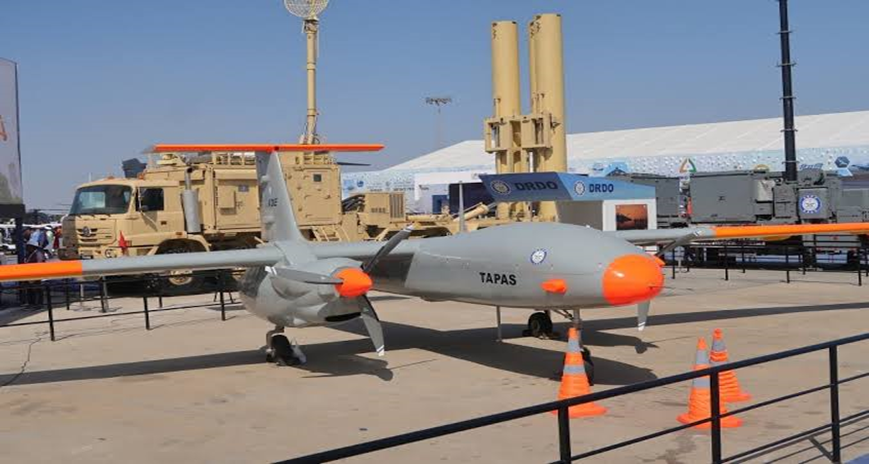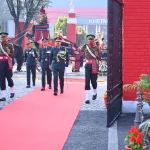Amidst mounting criticism over its failure to meet the Indian military’s ambitious goals for an advanced unmanned aerial vehicle (UAV), the Defence Research and Development Organisation (DRDO) is intensifying efforts to salvage the beleaguered project, which has already consumed close to Rs 1,800 crore over the past 13 years.
The Tapas BH-201, envisioned as a medium altitude long endurance (MALE) drone, has been in development since February 2011 at DRDO’s Aeronautical Development Establishment in Bengaluru.
Despite its maiden test flight in 2016, the project has faced setbacks, leading to disappointment among military circles as the drone failed to meet mandated operational parameters after years of development. Consequently, the project was discontinued as a ‘Mission Mode’ endeavour last September, marking a significant setback for DRDO.
Now, in a bid to salvage the project and justify the massive investment, developers have been tasked with ‘freezing the configuration’—a critical step to finalize the achieved capabilities of the platform for necessary certification.
The DRDO’s Centre for Military Airworthiness and Certification has been approached to assess the drone’s airworthiness, focusing on crucial parameters such as aerodynamics, controllers, propulsion, and structural integrity.

Acknowledging the urgency of concluding the project, a key defence ministry official emphasized the need for a definitive timeline, stressing that a platform’s development cannot linger indefinitely without achieving tangible results.
Despite the setbacks, there is still hope, with the Indian Navy expressing interest in deploying the Tapas drone for surveillance operations in the Andaman Islands. However, the navy’s plans hinge on the drone receiving airworthiness certification.
Meanwhile, faced with the realization that the Tapas BH-201 may not materialize as envisioned, the Indian Army recently bolstered its UAV capabilities by inducting four satcom-enabled Heron Mark-II drones from Israel.
Additionally, India’s procurement of 31 armed MQ-9B SkyGuardian drones from the United States, equipped with a formidable array of weaponry and surveillance capabilities, underscores the nation’s commitment to enhancing its aerial reconnaissance capabilities.
Despite the challenges, the race is on for DRDO to secure certification for the Tapas BH-201 drone platform. With a flying endurance of approximately 18 hours at an altitude of 28,000 feet—below the desired benchmark of 30,000 feet within 24 hours—the project faces an uphill battle to meet military requirements.
Originally sanctioned in 2011 with a budget of Rs 1,541 crore and a deadline of 66 months for completion, the Tapas BH-201 project has seen numerous extensions, pushing the cost to Rs 1,786 crore. With plans to develop 76 Tapas drones for the army, air force, and navy, the project’s fate now hangs in the balance as DRDO races against time to salvage a project vital to India’s defence modernization efforts.












